

Introducing SERO 2.0- The Rise and Vision-Part 2
Chun Xiao (Dawn of Spring)
SERO 2.0, the final consensus mechanism, is named as Chun Xiao (Dawn of Spring). The upgrade is mainly designed to achieve the following:
1. SERO tokens in Dapp accounts can participate in POS mining;
2. Adjust the future emission of SERO tokens to prevent excessive inflation from negatively affecting the stability of SERO economy, based on the analysis of supply & demand structure of the macro ecology in the future;
3. SERO tokens will show more utility attributes in the ecosystem;
4. Make the staking gains of the Ecological Prosperity Descriptor — the pledged SERO tokens — transparent.
We first show the mission goals of this major upgrade as above, so that readers may keep them in mind when moving on to the rationales behind them. The last point may be more difficult than others, and we will elaborate.
Let’s start with a question: why are there 21 million Bitcoins?
Since this is a question that may no longer have a standard answer, so we will replace it with another one: is it important for Bitcoin to have 21 million tokens, instead of, say, 210 million? Well, let’s first get the math behind this number of upper limit.
The essence of Bitcoin is that it is a special solution produced by a bunch of complex algorithms. Special solution refers to one out of the infinite possible sets of solutions (Bitcoin solutions are actually finite) that can satisfy an equation set, and each special solution is unique. To use USD as an analogy, a Bitcoin is just like the serial number on a USD bill or note, except that in the digital world if you own the serial number you actually own the digital bill or note. The process of mining is to constantly seek the next special solution to this equation set by doing a huge amount of calculation. This equation set was just so designed to have 21 million possible special solutions. And that’s it.
So apparently no special meaning whatsoever was assigned to the upper limit of Bitcoins. The real meaning, though, lies with the mechanism: “a peer-to-peer e-cash system” is Satoshi Nakamoto’s own definition of Bitcoin. First, Nakamoto regarded Bitcoin tokens as the emission of this system, namely, Bitcoin is an e-cash. Cash is not replicable or duplicable, and the only function of cash is as a carrier of value in the circulation of payment. Moreover, Nakamoto stressed that the Bitcoin is a demo system to exemplify a transparent mechanism of issuing electronic currency. Consider that the birth of Bitcoin was in 2009, it was born in the second year after the huge economic crash. Although the crisis was triggered by the fallout of U.S. subprime mortgages, the driver behind it was the expansion of federal fiscal deficit incurred during and after the 2nd Gulf War. In order to stimulate the economy with real estates, a loose monetary policy had been adopted by Feds, which inflated a credit bubble that had inevitably burst, dragging down global financial systems and economies with it. And global central banks’ response to the crisis, tragically, was the most aggressive monetary expansion program known as quantitative easing. Nakamoto was likely to think that a transparent and non-manipulative currency issuing mechanism was necessary to save the general public from future tragedies caused by the existing monetary system.
With the perspective that Bitcoin was designed as a demo of e-cash, we may think of its amount this way: the maximum precision of a Bitcoin can reach eight decimal places, or, the minimum usable unit of a Bitcoin is at the eighth decimal place. If we relate this to the widely recognized minimum usable unit of a legal currency (such as USD), that will be equivalent to the second decimal place. Therefore if we scale Bitcoin’s minimum usable unit to match that of a legal currency, then the total amount of minimum usable Bitcoin units is equal to adding six zeros after 21 million, i.e. 21 trillion units. In other words, it’s perfectly OK if we think there are 21 million whole Bitcoins, or there are 21 trillion Bitcoin spendable units. Either way we change nothing of it.
Now, after more than 10 years of development, the price of a Bitcoin has reached around $10000, but today the greatest role Bitcoin plays is a tool (or instrument, or vehicle) of macro hedging, rather than means of daily payment, so its total amount of token is even less meaningful. However, the same cannot be said about other public blockchains such as represented by Ethereum, as they are fundamentally different from Bitcoin by purpose of design. Although the token emission mechanism of Ethereum is very similar to that of Bitcoin, the economic value of Ethereum tokens are positioned to have practical usage — gas service fee (although the price of Ethereum token today has greatly deviated from its perceived practical value). Therefore, we should take into comprehensive consideration the total amount of tokens on blockchains such as, or similar to, Ethereum.
Unfortunately, the development of Ethereum’s technology has been slow, and the expansion of its ecosystem is totally behind expectations. In addition, large number of bubble projects that issued tokens on Ethereum network for financing in the early stage has made the asset bubbles there more and more deviated from their practical values.
There isn’t much demand for many homogeneous hedging assets in the market. It is hard to say how long it will take for the homogeneous crypto currencies to die out under the dual interventions of the governments and the market, but the present view is that it will happen. Therefore, public block chain tokens should focus more on their practical values (or the value of carrying other assets), which is also the very original intention of SERO project.
Assume that the token value of a public block chain is being driven by supply & demand of its usage rather than capital speculation, then the total amount and emission become significant, because both are important parameters to regulate the effective token inflation level in a quantifiable supply-demand relationship. However, at the beginning of every public block chain design, it is difficult to predict such fundamental relationship with any accuracy. At a certain point thereafter, however, when the demand for utility tokens starts to develop and show quantifiable patterns, adjustment to parameters at the right time will be critically beneficial to the ecological development of the block chain.
Utility token can be designed to have both usage value and rights-carrying certificate value, and in fact this is how SERO was designed. The PoS mechanism supported by the Consensus represents the rights to future income, which is similar to that of equity shares of companies. For investors who held utility tokens at the very early stage, they are more like early venture capital investors. Regarding the usage value of the tokens, your judgment on the expected future value of the token should be the primary logic guiding your investment. When the usage value of this commodity gradually becomes clear, it will be easier for the later comers to judge its supply & demand in the days thereafter, while the earlier holders undoubtedly should expect much higher return at the much greater uncertainty risk (such as a strong competitor makes your tokens worthless). Therefore, the investment of public blockchain should be a more complicated decision, compared with other more traditional assets.
In the last part of this series, we will discuss how the usage value of SERO tokens is embodied.
Related news
Search news
Recommended news
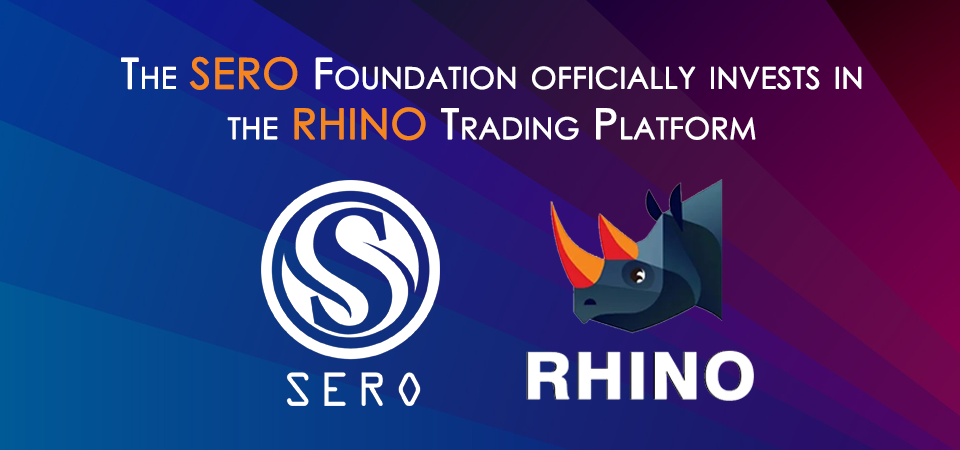
The SERO Foundation officially invests in the RHINO Trading Platform
2020-04-26
SERO successfully passed the code audit of IT Security Firm KnownSec.com
2020-04-05
Announcement of Staff Change
2020-02-10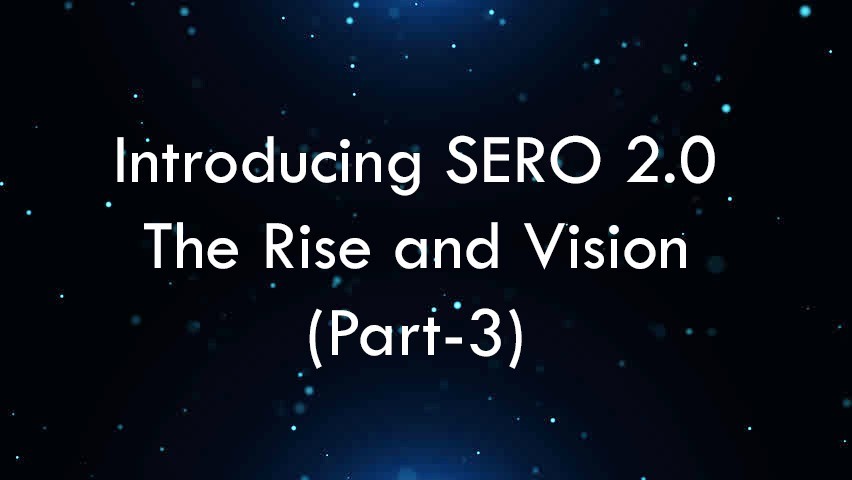
Introducing SERO 2.0- The Rise and Vision-Part 3
2020-03-20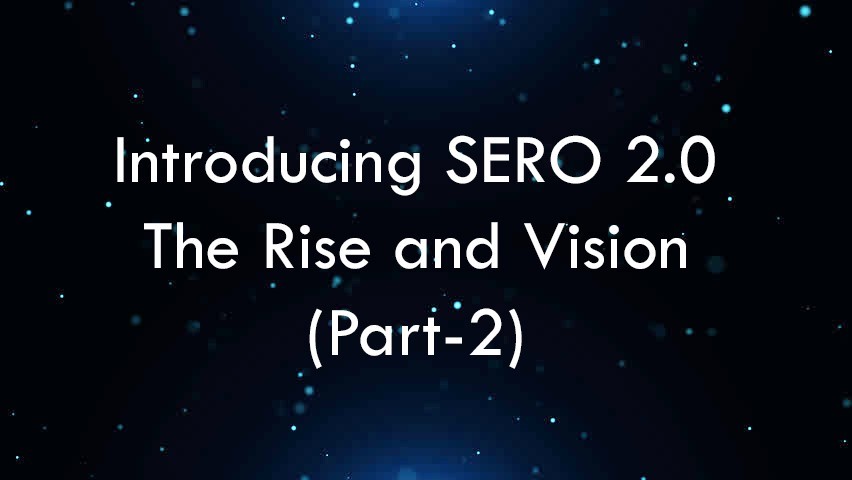
Introducing SERO 2.0- The Rise and Vision-Part 2
2020-03-20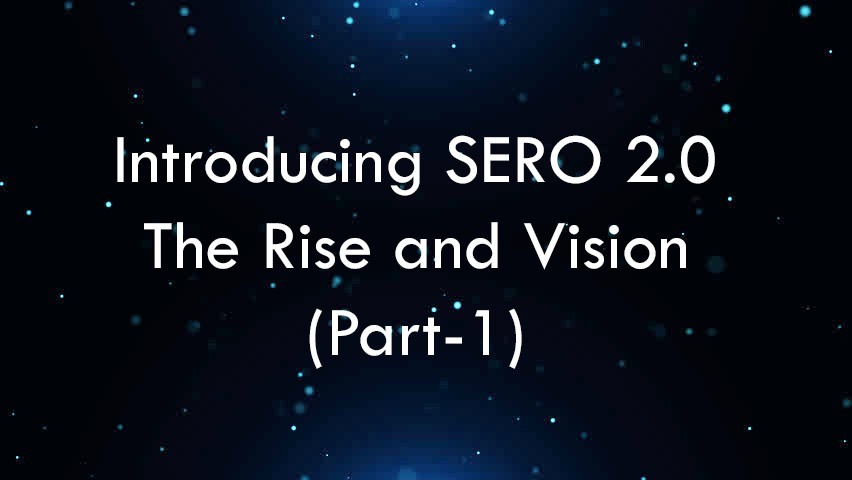
Introducing SERO 2.0- The Rise and Vision-Part 1
2020-03-20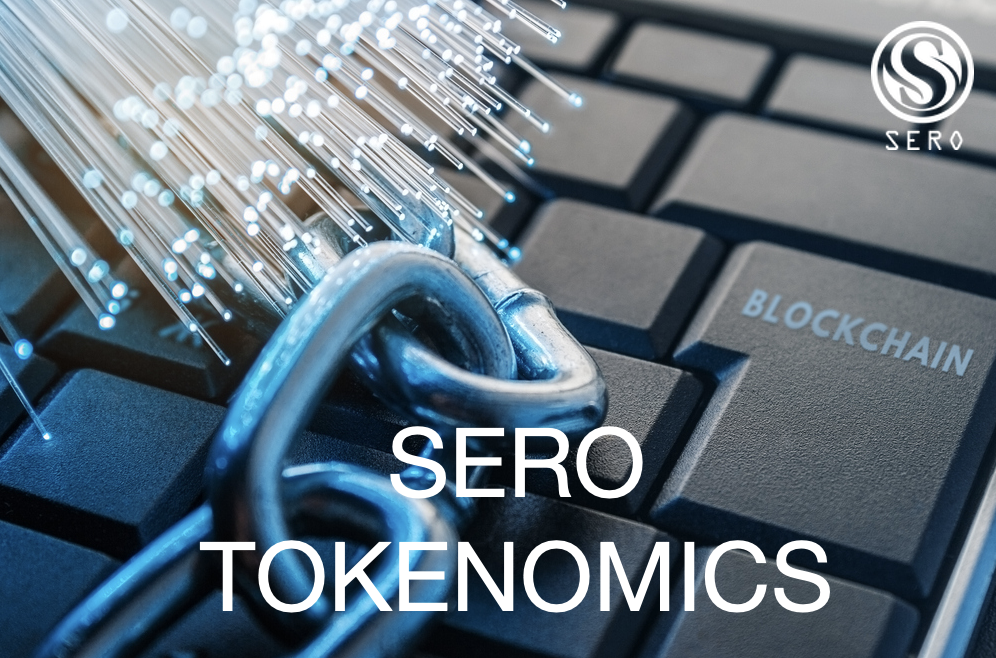
SERO Tokenomics and Circulation Statistics (as of 2019.4.30)
2019-04-30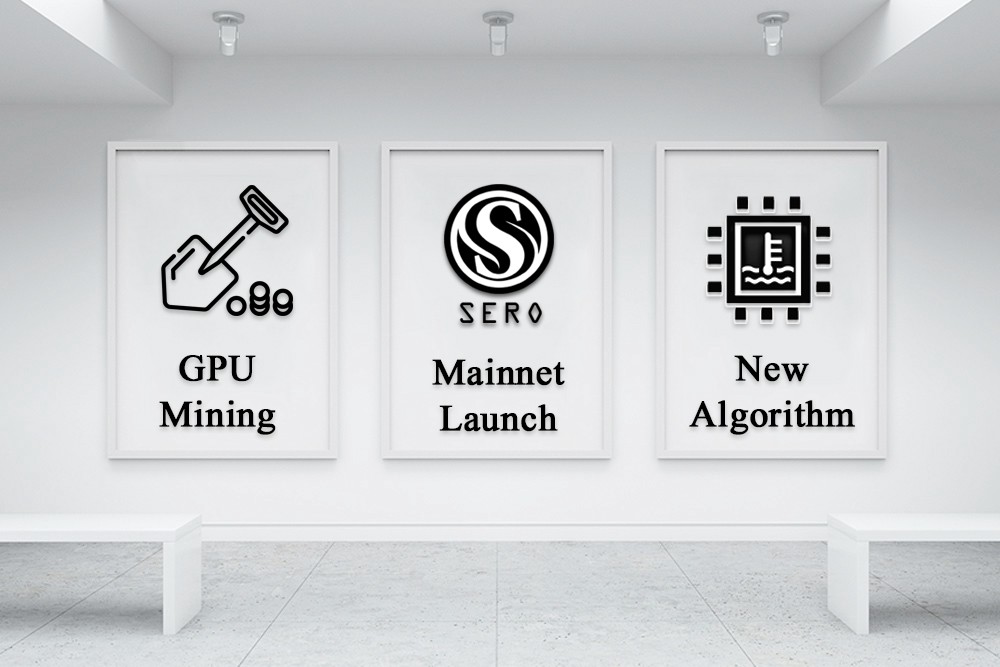
SERO Mainnet Launch : GPU Mining and New Algorithm
2019-05-31
SERO Guild Reward Pool Adjustment Plan Announcement and SERO Association
2019-04-25
SERO Mining Association Reward System
2019-01-23
SIP1 and BETANET-R5 Release
2019-01-23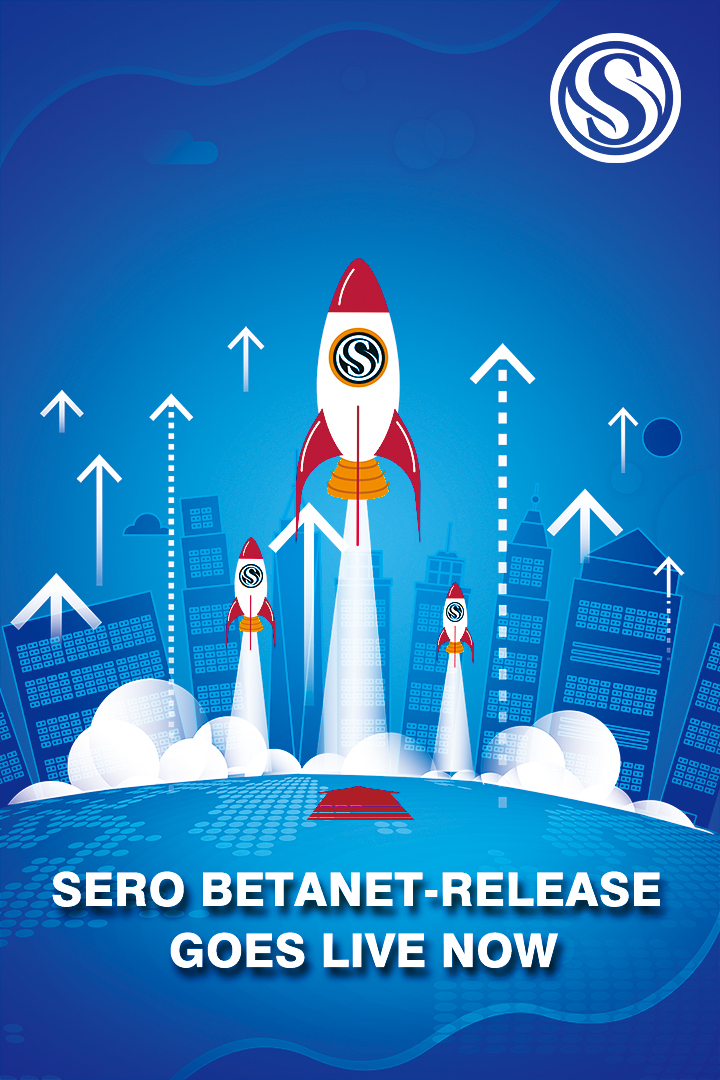
SERO BETANET-Release is launched!
2019-01-08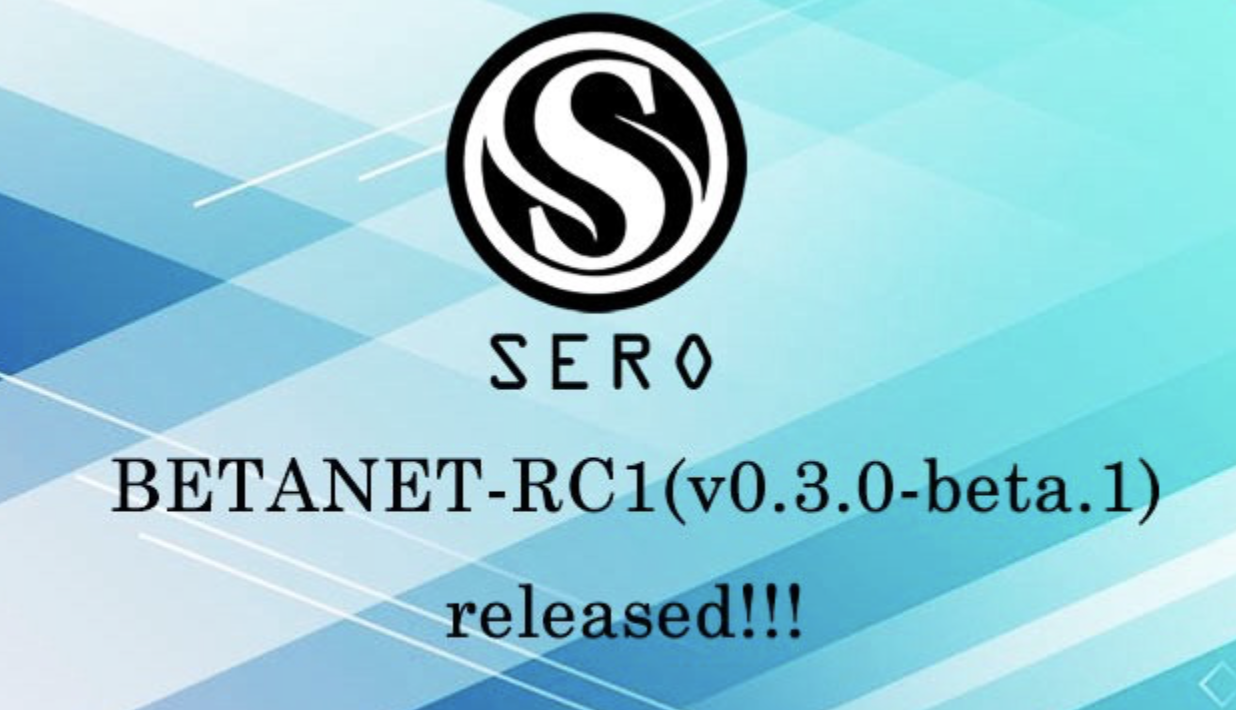
SERO BETANET-RC1(v0.3.0-beta.1) Released
2018-11-21